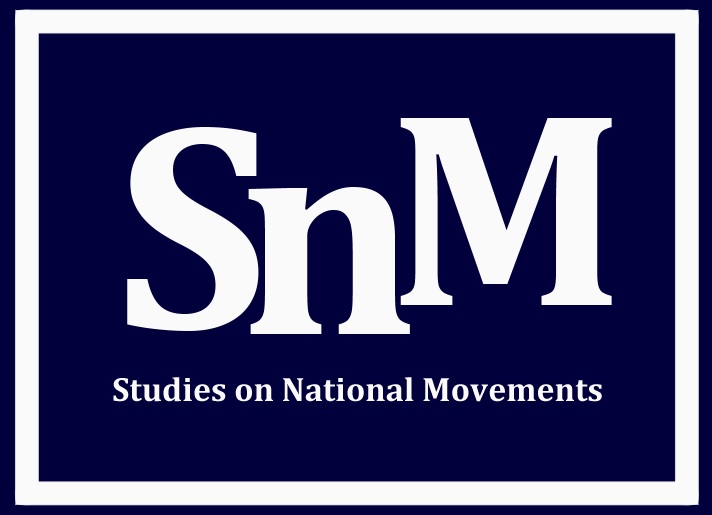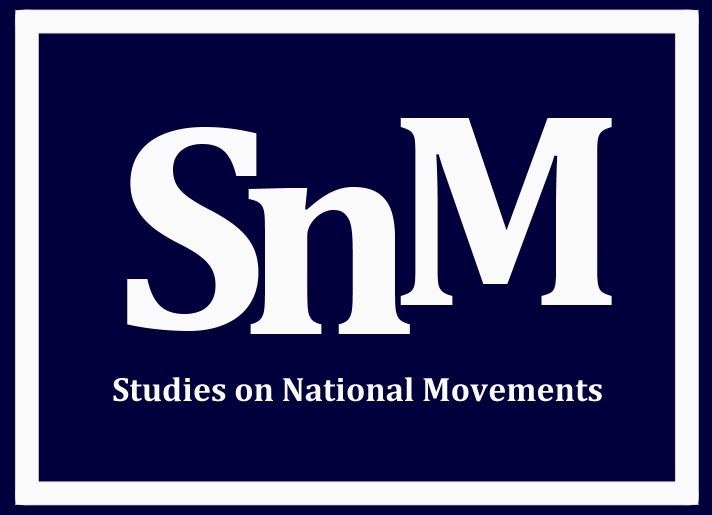Abstract
How should the history of Black Americans be included in the physical landscape and memorialised? What new visual vocabularies are needed to expand the idea of the nation? Nona Faustine’s White Shoes series (begun in 2012) provides a compelling counternarrative to stereotypical and racist representations of Black Americans in public spaces. With her body, Faustine explores the links between colonialism, racism, and capitalism that continues to be celebrated in public monuments in the United States. Her works invite viewers to participate in and interact with the built environment in new ways that acknowledge these public spaces as sites of nationalism intimately connected to the history of US racism – slave labour, Jim Crow, and police violence. In White Shoes, Nona Faustine contests dominant and entrenched national myths through the materiality of her body – her Black body. Her interventions in public space re-inscribe a neglected history onto the urban landscapes of New York City. Faustine’s work challenges white patriarchal dominance through mediated images of Black bodies by creating presence where there is absence.
Keywords: Black nationalism, Urban landscape, Commemoration, Black Lives Matter, Public art
How to Cite:
Shelby, K., (2022) “Absence and Presence: Nona Faustine and the Black Body in the National History of the United States”, Studies on National Movements 9(1), 33. doi: https://doi.org/10.21825/snm.85269
Downloads:
Download PDF
View PDF

